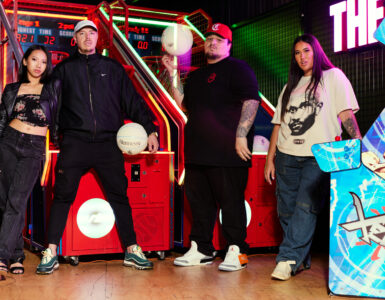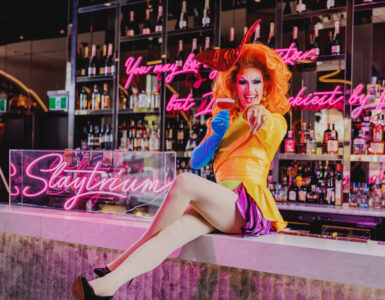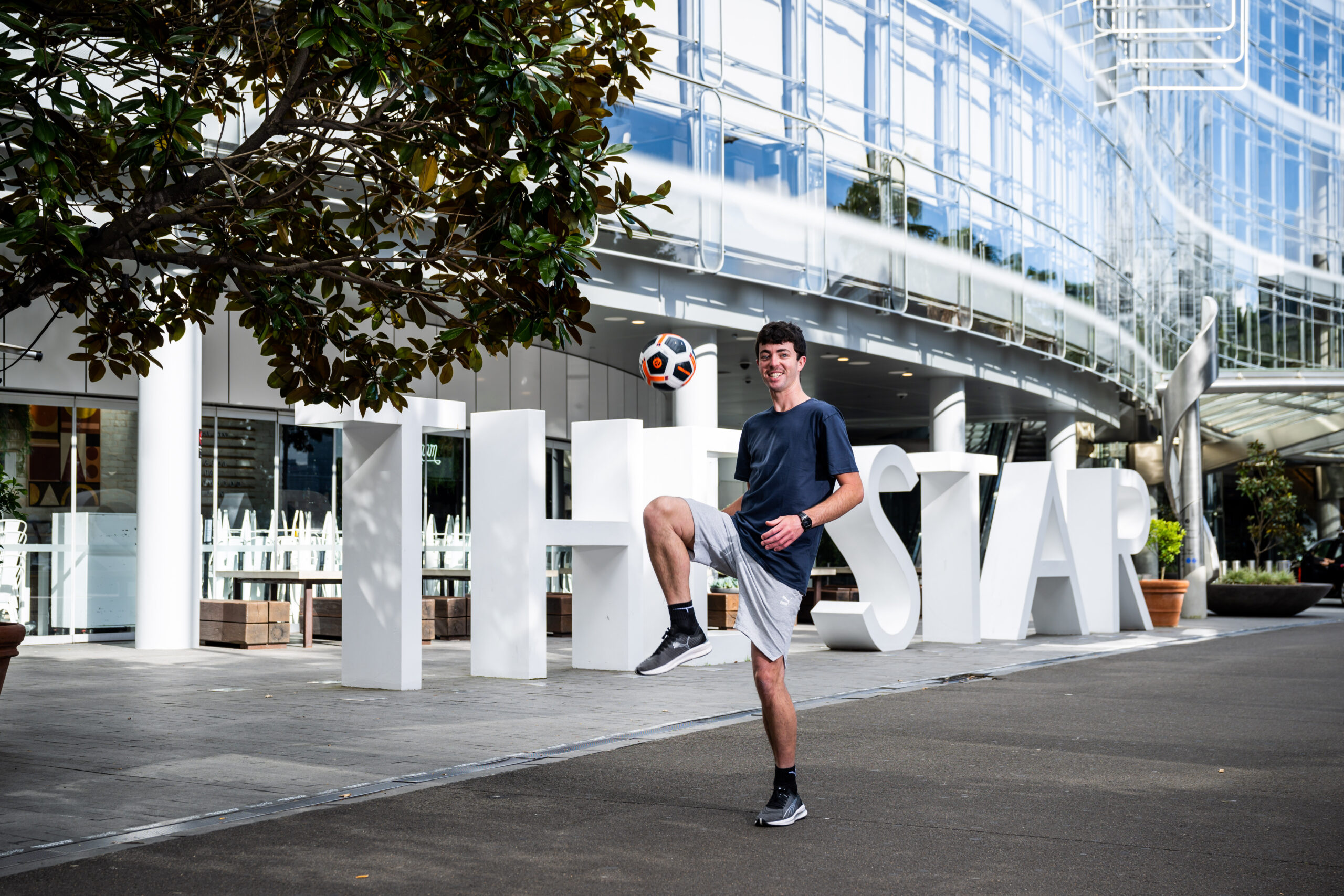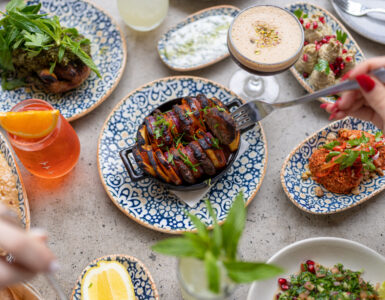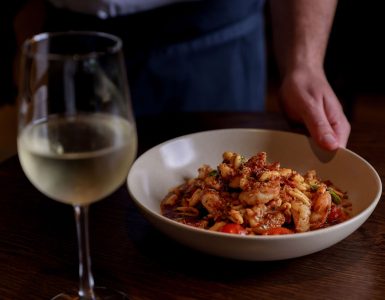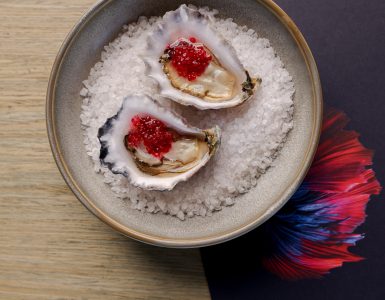The Sydney Gay and Lesbian Mardi Gras parade brings Sydney to a halt. We chat to the man behind it all, acting CEO Grant Lowe.
Glitter may be synonymous with the Sydney Gay and Lesbian Mardi Gras, but it’s been off the bill, officially, as of 2019 – much to the relief of the planet. That doesn’t mean this larger-than-life annual event celebrating equality won’t sparkle in 2020, says the organising committee’s acting CEO Grant Lowe.
“It just keeps getting bigger and better. This year, we’ll have more than 12,500 participants in the parade, with everyone from community groups and sporting teams to mental-health awareness organisations jumping on one of the 200 floats.” And then there are the 500,000 or so spectators that line the streets of Australia’s biggest city to catch a glimpse of the rainbow costumes, the big hair, the dancers, the musicians… Not to mention the big-name party tickets: Cher and Kylie Minogue have headlined in the past, and this year Kesha and Dua Lipa will take to the stage.
Putting together an event this epic in proportions is no easy feat – but it’s a fun one, says Lowe, who headed up the parade committee for two years. “It turns out that it takes a lot to close a road!” he laughs of Mardi Gras’ crowning procession, which moves up Oxford Street in Surry Hills, before doglegging along Flinders Street and Anzac Parade to the Entertainment Quarter in Moore Park.
“We want to make it spectacular, but safe, which is why we need 1,100 volunteers on the ground on the day.”
Back at Mardi Gras HQ, the core planning team is only around six people – with a lot of assistance from external agencies. In total, around 3,000 people are involved in putting everything together, says Lowe. When you’re dealing with an event of this magnitude, that still means pulling out the blueprints for next year’s festivities almost as soon as the heels from the current one have been put away.
It wasn’t always this time consuming. Back when the “parade” began in 1978, Oxford Street saw protesters marching for equal rights for Australia’s LGBTQI community and traditional landowners. Sadly, there was violence and arrests. Now in its 42nd year, the annual procession has grown into one of the most well-known, and largest, Mardi Gras in the world.
“One of my favourite parts of the march is working out the parade order,” says Lowe. “The theme in 2020 is ‘What Matters’. And we want the community to tell us what, exactly, is important to them. We need to understand the concept of each float and how it relates to that concept, and then we decide how it all comes to fruition.”
There’s traditional glitz and glamour right from the start – the 200 Dykes on Bikes that lead the procession, year after year, followed by the First Nations float and, after that, the 78ers, a group formed from the original protesters who congregated at Taylor Square back in 1978. Then, Lowe and his team work hard to tell a story. “You want ups and downs and unexpected moments,” he says.
In the lead-up to the parade, there are dozens of new and exciting things you can look forward to this year. Expect shows on gender identity and body positivity, dance parties, theatrical performances and workshops, many of which will be held at the Mardi Gras Festival Hub. You can still get involved before that at the Jenny Kee and Linda Jackson: Step into Paradise exhibition. Held at the Powerhouse Museum until 22 March, it not only looks into the lives and creations of these applauded Australian designers, but also encourages visitors to contribute to the communal making of their Mardi Gras float.
“There’s a lot that goes into this, but it’s such an amazing moment when everything comes together and you realise you’ve been part of the making,” says Lowe. “There’s so much excitement, such a buzz.”





